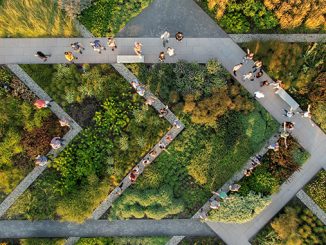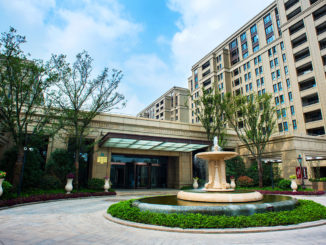Deltas are one of the most threatened landscapes nowadays. In addition to the current challenges and transformations that these landscapes are already called to face, climate change is posing further challenges that will deeply influence the configuration of these spaces. The project focuses on the threshold between land and sea, the main stage where transitions take place and the one that will be in frontline for fighting climate change and the main pressures coming from both extents: sea and land.
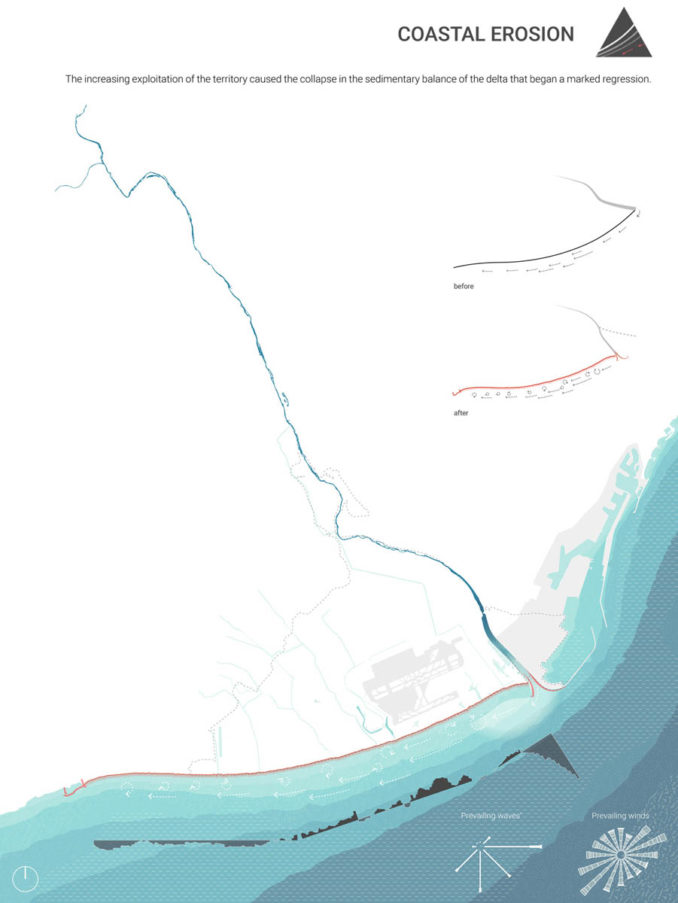
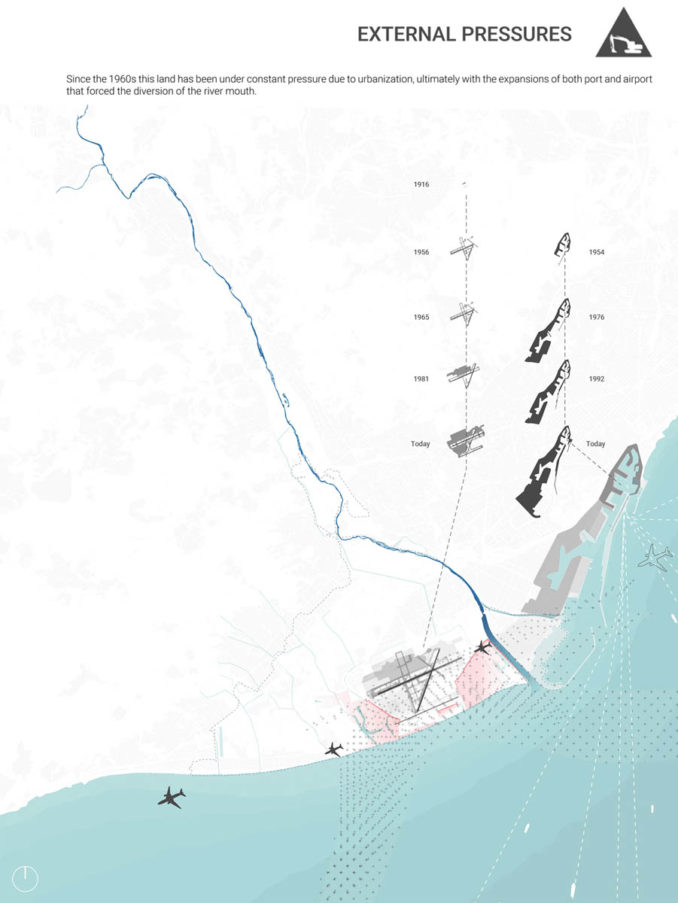
In the Llobregat delta, the wide shallow plain forged by the Llobregat river on the West side of Barcelona, the interaction between the different landscapes that compose it materializes in a great diversity of aquatic environments in a relatively small space: lagoons, ponds, wetlands, canals and marshes. How to preserve this uniqueness considering the inevitable shift that they will face as a consequence of climate change?

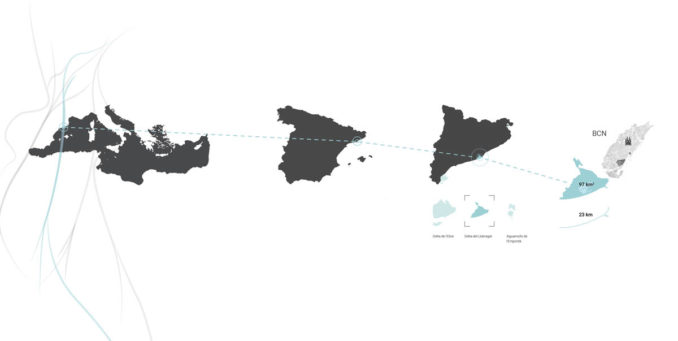
Starting from an analysis of the water system of the delta and of the erosion patterns, and considering the presence of the El Prat airport which occupies a vast area of the delta, the aim of the project is to envision new configurations and future scenarios of water landscapes taking advantage from the sea rising and the changing conditions to draw new opportunities and configure a morphological and psychological variability that enables a continuously changing experience of the coast. The horizon of the project is set beyond what is usually conceived as the imaginary line of the sea, including the marine medium and engaging a comprehensive design in which sea and land come together creating new situations of transition that empowers both environments and provide protection for the future. Sea level rise will trigger new coexistences unfolding in time where water acts as a structuring element, answering to the risk of simplification of ecosystems with diversification of opportunities. How can we design the ‘meeting’ of sea and land?
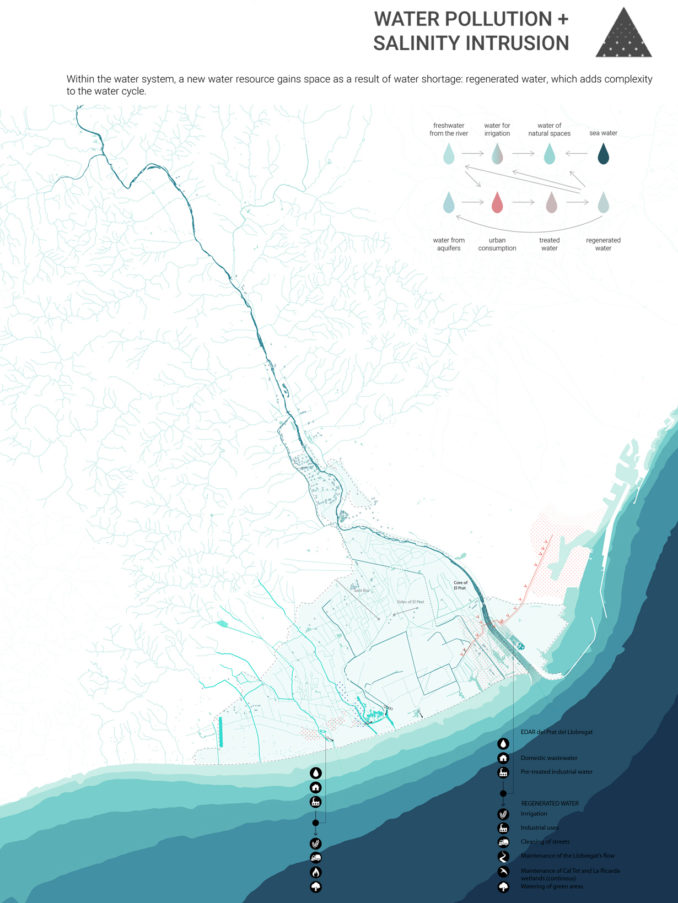
The metropolitan beaches are important spaces for entertainment and a key element of Barcelona. However, they can be considered inactive, since they do not have a sandy corridor nor a supply that permit them to react to sea current and sea-level rise. The value of the Llobregat delta resides in the provision of space to accommodate the sea and be shaped by marine factors.

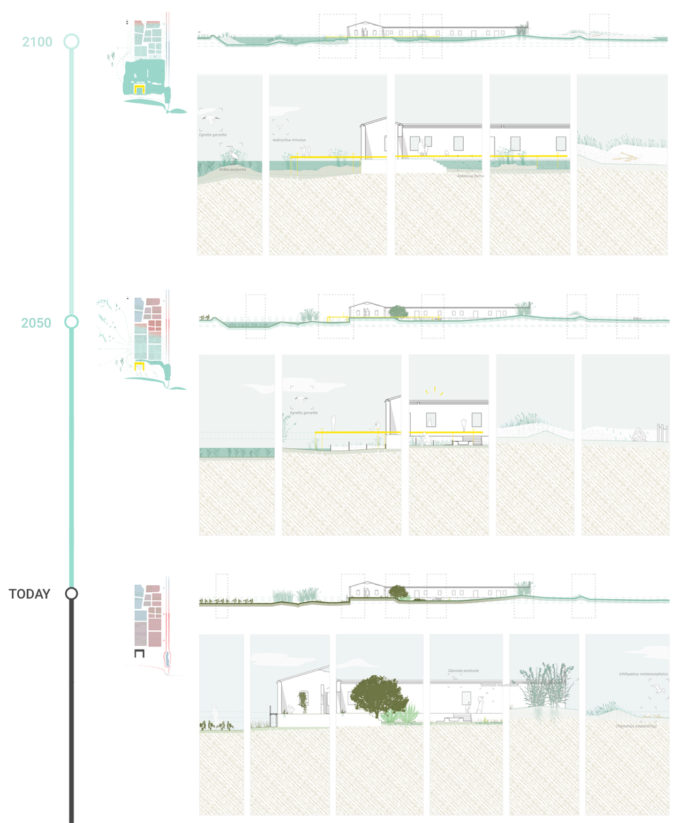
The delta’s coast has the opportunity to become the future metropolitan maritime park of Barcelona, addressing land fragmentation, coastal vulnerability and biodiversity issues through a unique vision. Current landmarks of the area will turn into ‘water hubs’: water-based recreational, didactical and productive hotspots that will lead to a matrix of interconnected experiences were to follow the new shape that the sea assumes when clashing with the land. To avoid generalized kickbacks of the coast and trigger inshore development, the foundations of the project rely on an invisible component of the submerged sector of the coast, a sand bar where waves break before reaching land, that once determined the final stretch of the emerged delta.
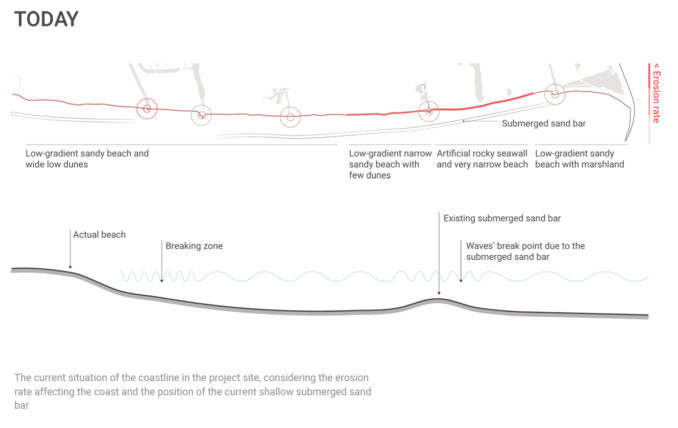
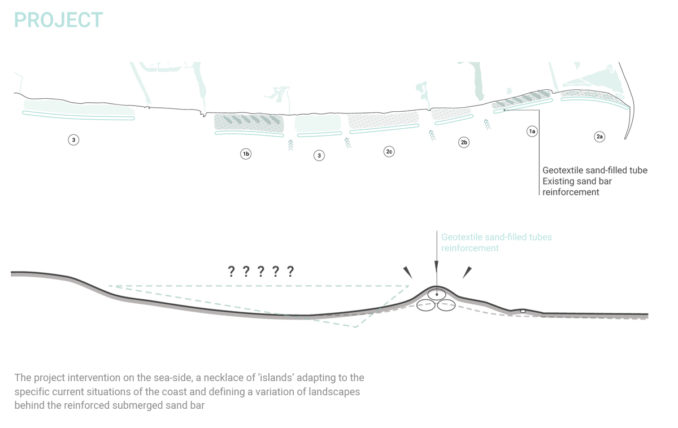
With the use of submerged sand-filled geotextile tubes, the current shallow sand bar becomes a catalyst element behind which it is possible to define different coastal situations. Since this sector of the delta is characterized by a great number of water bodies’ outputs of water to the sea, it is important to leave these areas free so that water exchanges can happen without obstructions. What results is a necklace of ‘islands’ whose character depends on the current situation of the particular stretch of coast. In some areas the area behind the sand bar is filled with sand and the dune system is strengthened through hybrid dunes to determine a wider beach; in other areas space in between the actual coast and the sand bar is partially filled with sand, determining different situations such as shallow ‘marine pools’ were to perform marine activities or lagoons where biodiversity flourishes. Other areas become deeper pools where beach accretion happens gradually in time as a consequence of the submerged sand bar acting as protection towards wave action and thus triggering sand catalysation.
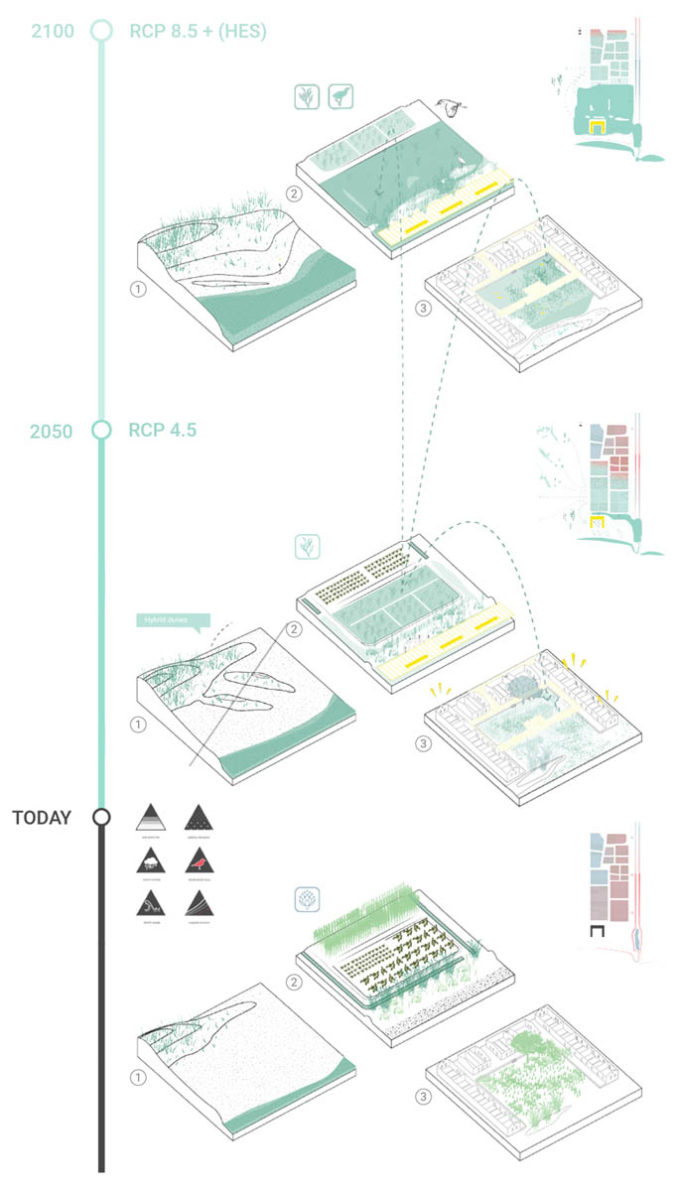
This system would allow a shift from the current artificial nourishment of the beach which needs to be undertaken every year to preserve the beaches, to a configuration that allows sand to accumulate in time while providing spaces for marine exploration and leisure. The aim is to fight a homogeneous disruption and disappearance of the coast and create spaces that are morphologically and socially variable that will ensure the coast to be used and experienced in the future.
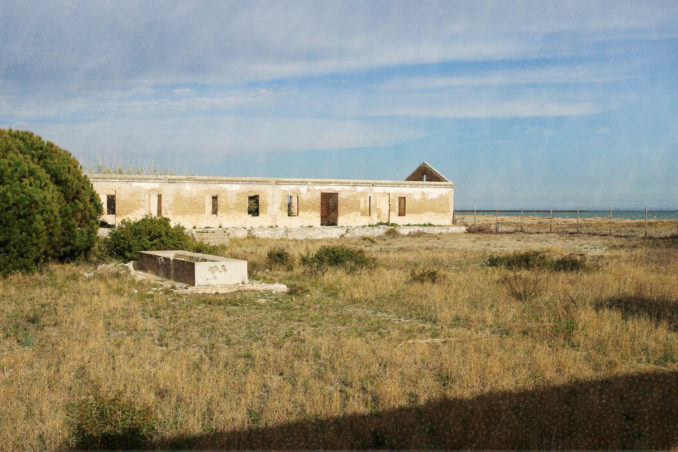
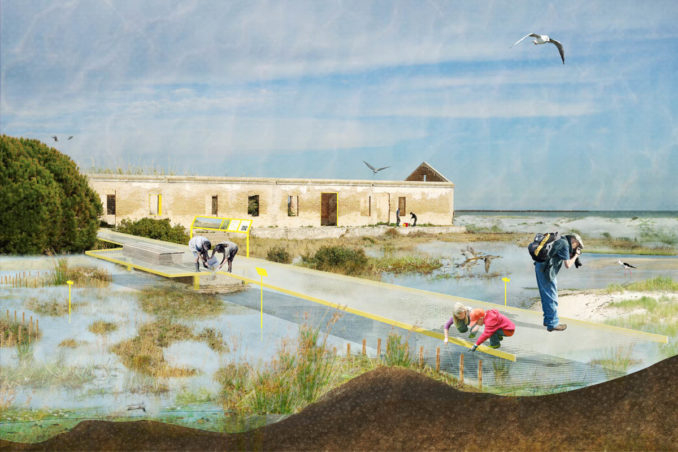
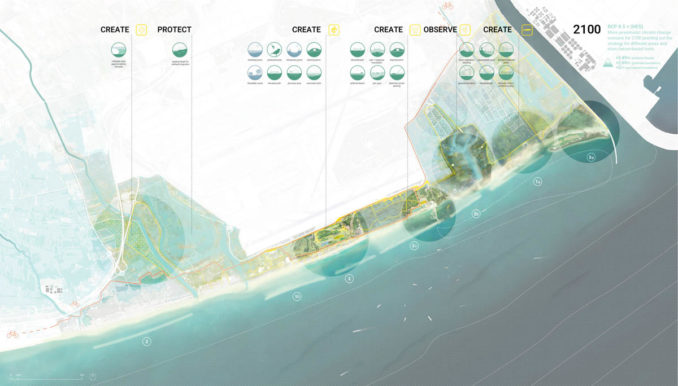
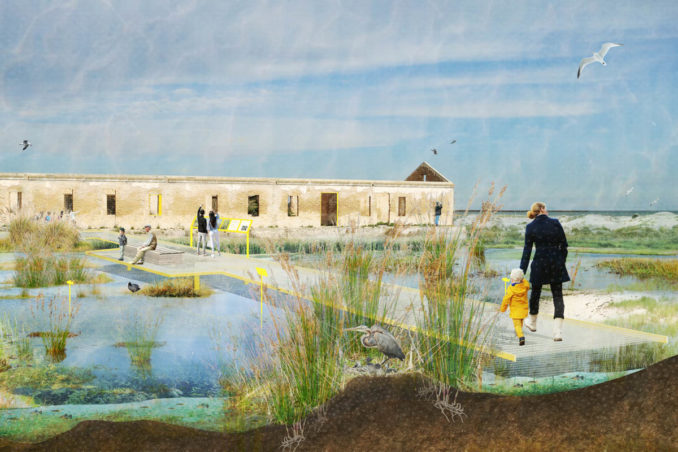
Formes de Mar
Student: Sara Ingignoli, Politecnico di Milano (Italy)
Supervisor:
Prof. Antonio Emilio Alvise Longo
Co-supervisor:
Prof. Miriam García García


